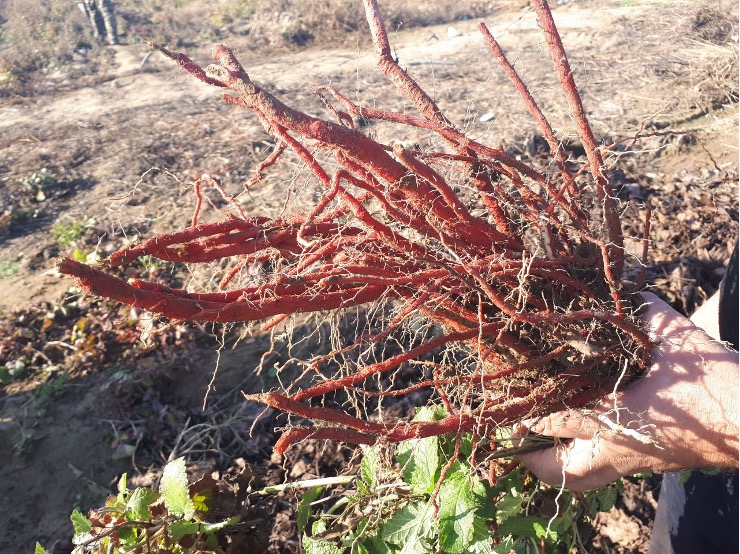Red root sage
2023-01-14 2023-01-14 5:49Red root sage

Red root sage
Salvia miltiorrhiza with the scientific name Salvia miltiorrhiza. It is a perennial plant from the Lamiaceae family that grows to a height of 70 cm. This plant is native to the temperate regions of East Asia and has adapted to other regions of the world, and its modified cultivars have recently been cultivated. For several decades, red root sage plant extract has been widely used in clinics in China, Korea, Japan and other Asian countries to treat various diseases related to disorders of small vessels such as cardiovascular diseases, brain vessels, and many studies have also been conducted in order to find biological activities and Mechanisms related to these activities have been carried out.
Various researches also show that the red root sage plant has the ability to relax the coronary arteries in the heart and has an antioxidant effect on the heart muscle tissue (myocardium) and reduces the thickness of the intimal layer in the damaged carotid arteries. Also, red root sage prevents the accumulation of platelets and the oxidation of LDL.
Red root sage has shown its effect on reducing the stroke size and reducing the death rate of rats that had a heart attack. The antioxidant and angiogenesis property of Marigold has been proposed as the main effective factor in the prevention of ischemic heart tissue diseases. Salvionic acid, as the most important active ingredient of aqueous extract of red sage root, has shown potential effects in preventing heart muscle tissue damage during stroke induced in clinical and animal experiments.
In one word, it can be said that the red root has a key and irreplaceable role in the prevention and treatment of cardiovascular diseases. For example: Red root sage is clinically used to prevent and treat cardiovascular diseases, hyperlipidemia and cerebrovascular diseases in the world.
Red sage products have been used for the treatment of many cardiovascular diseases such as atherosclerosis (hardening of the arteries with the accumulation of cholesterol plaques) or abnormalities related to blood clotting. The ability of marigold root to thin the blood and reduce blood clotting has been well proven. More than 80 different compounds have been identified in red sage, of which 50 are water-soluble and the remaining 30 are fat-soluble. Fat-soluble diterpene compounds belong to the tanshinone subcategory.



